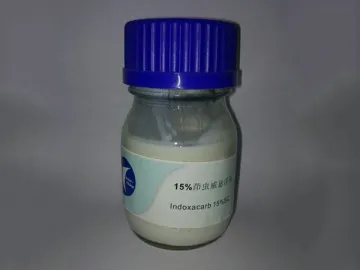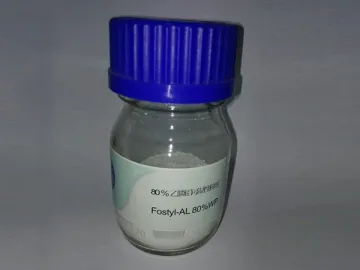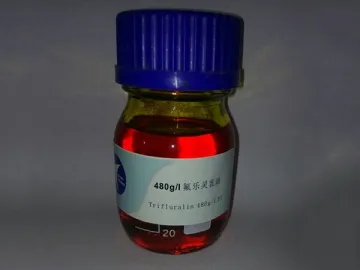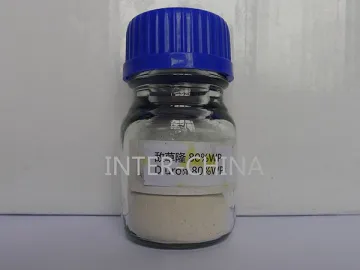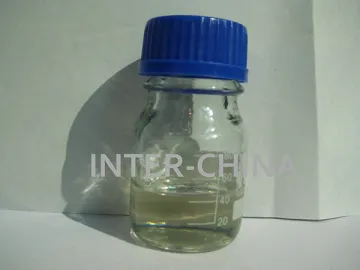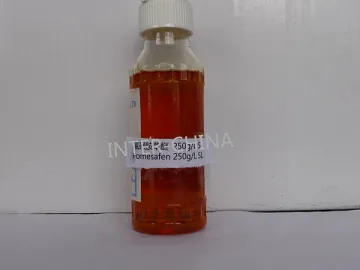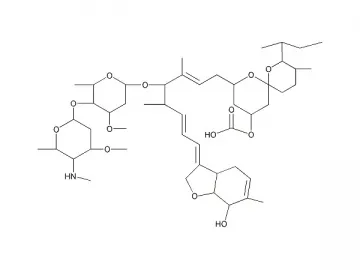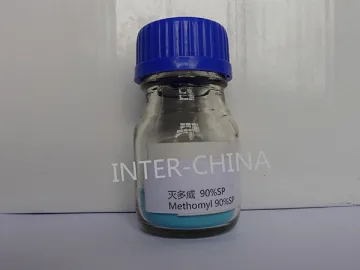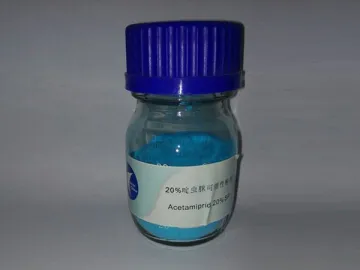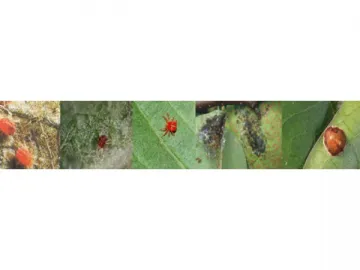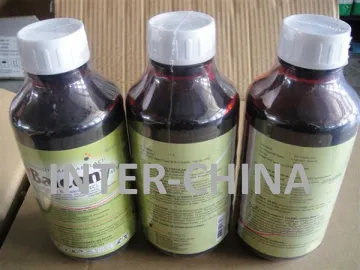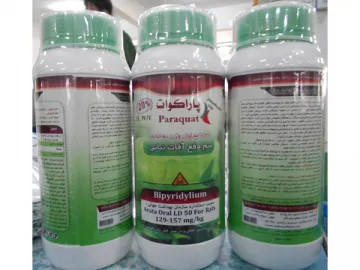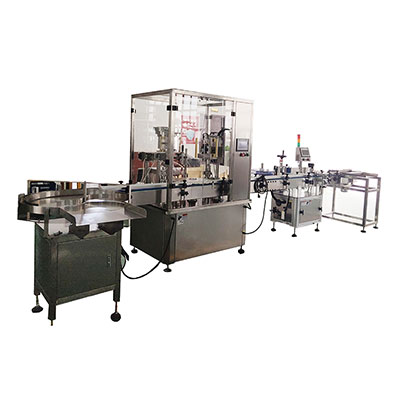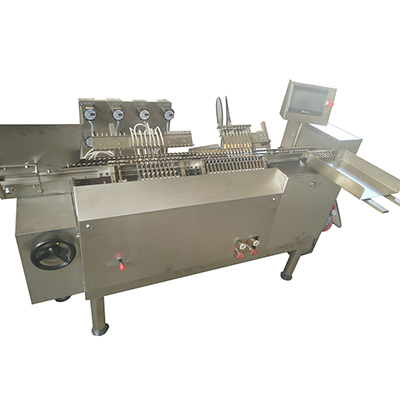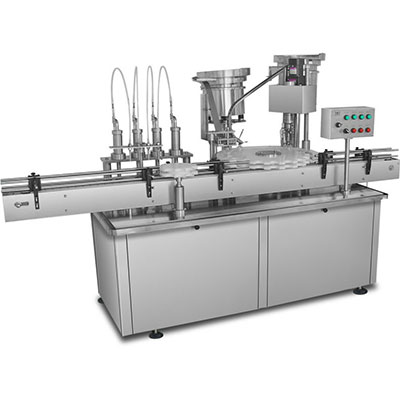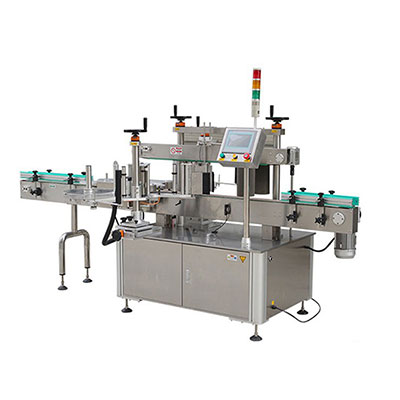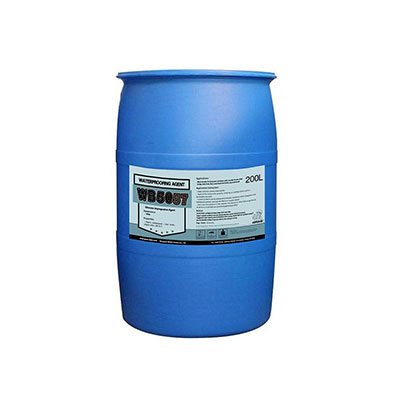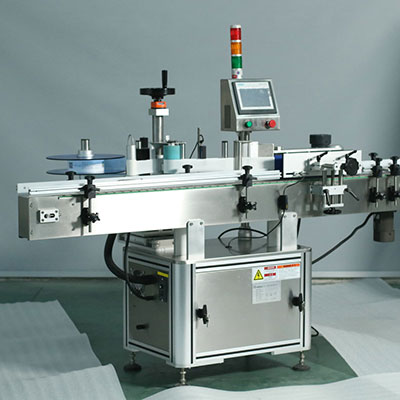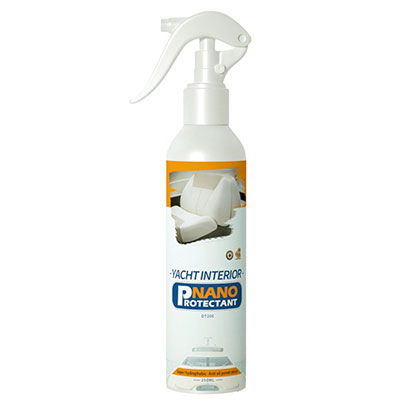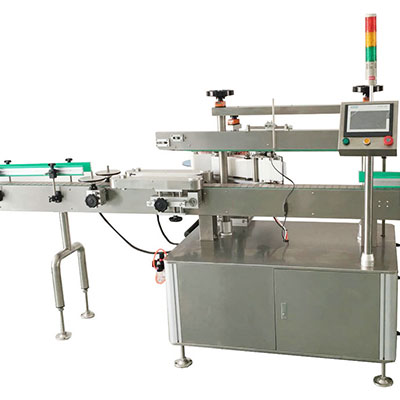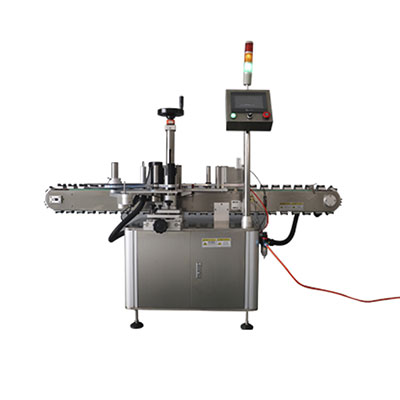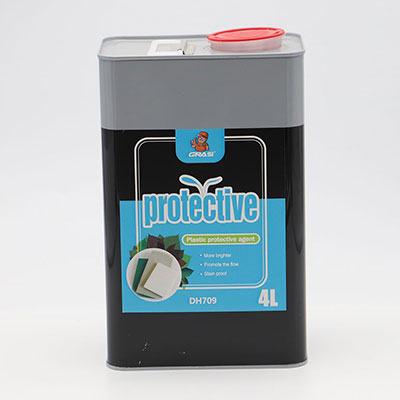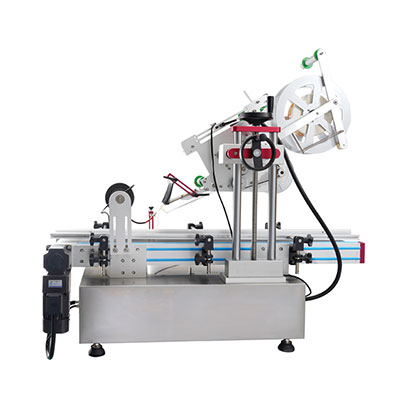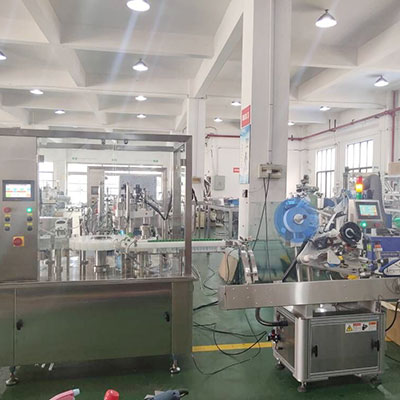Diazinon
CAS NO.: 333-41-5
Diazinon is a colorless to dark brown liquid. It is a thiophosphoric acid ester developed in 1952 by Ciba-Geigy, a Swiss chemical company (later Novartis and then Syngenta). It is also called O,O-Diethyl O-[4-methyl-6-(propan-2-yl)pyrimidin-2-yl]phosphorothioate.
Function
The chemical for farming use is a non-systemic organophosphate insecticide formerly used to control cockroaches, silverfish, ants, and fleas in residential, non-food buildings.
Uses and Dosage
| Crop | Pests | Rate of Use | Application |
| Rice | Striped rice borer Yellow rice borer | 450-750 g/ha. | Spray |
| Cotton | Aphid | 750-900 g/ha. | |
| Wheat | Ground pests | 100-200 g/100kg seed | Seed dressing |
Benefit
1. A bait form was used to control scavenger wasps in the western U.S.
2. Diazinon is used in flea collars for domestic pets in Australia.
3. Residential uses of the product were outlawed in the U.S. in 2004, but it is still approved for agricultural uses. An emergency antidote is atropine.
Note
1. High toxicity
2. Symptoms of acute diazinon exposure develop in minutes to hours following exposure, depending of the exposure pathway.
3. The initial symptoms of humans are nausea, dizziness, salivation, headache, sweating, lacrimation, and rhinorrhea. The symptoms can progress to vomiting, abdominal cramps, diarrhea, muscle twitching, weakness, tremor, miosis and a lack of coordination. In addition, some studies have even reported some psychiatric side effects as well including memory loss, confusion, and depression.
4. This insect killer is very toxic to aquatic organisms, which may cause long-term adverse effects in the aquatic environment.
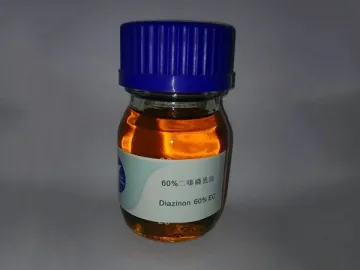
Links:https://www.globefindpro.com/products/75797.html
